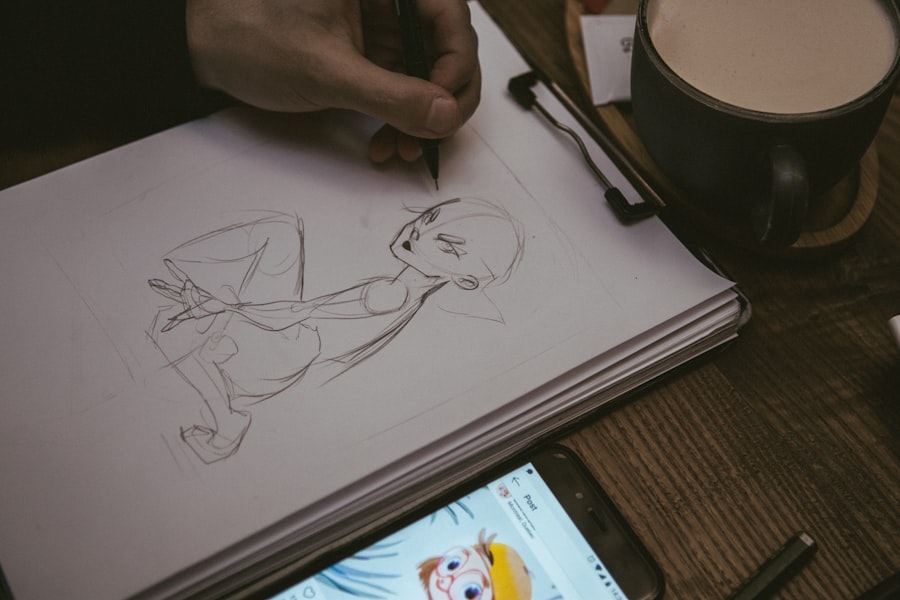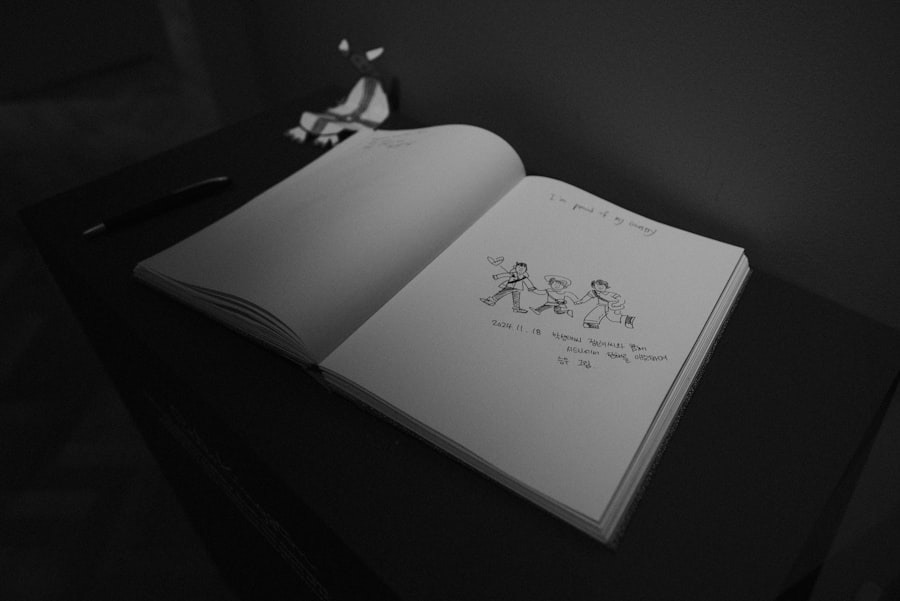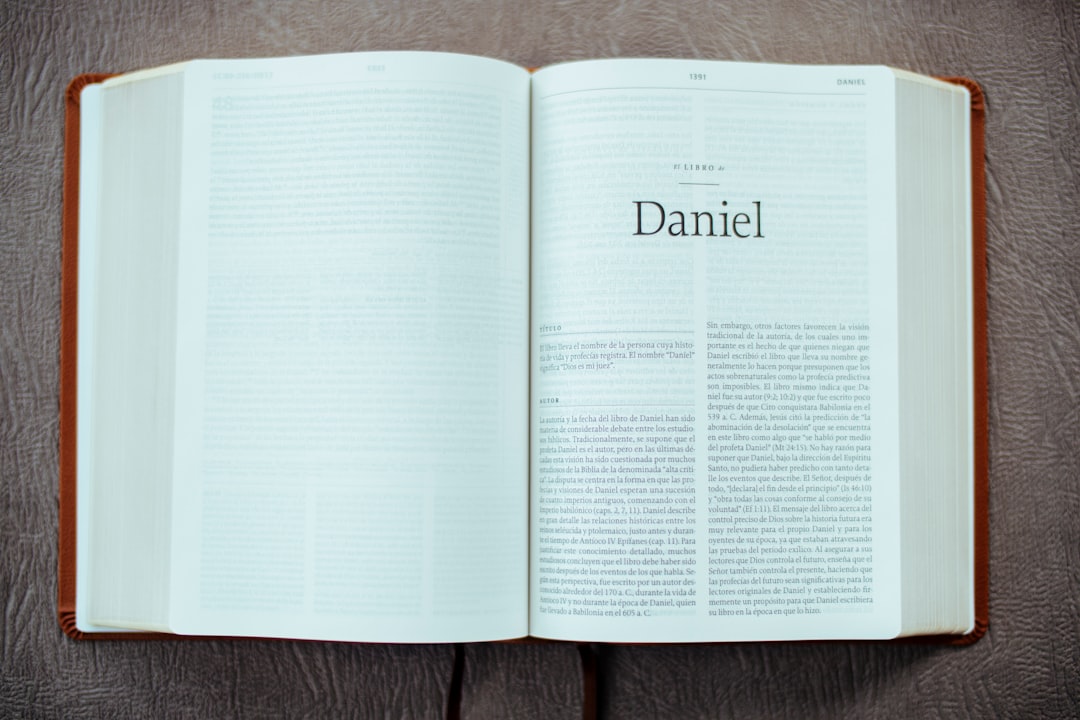As you delve into the world of animation, you may find yourself captivated by the vibrant characters and intricate worlds that come to life on screen. The animation industry has long been a realm of creativity and imagination, but recent advancements in artificial intelligence (AI) are transforming the landscape in ways that were once unimaginable. AI is not merely a tool; it is becoming an integral part of the animation process, influencing everything from character design to production efficiency.
As you explore this intersection of technology and artistry, you will discover how AI is reshaping the very fabric of animation. The integration of AI into animation is not just a trend; it represents a paradigm shift that is redefining how stories are told and visualized. With the ability to analyze vast amounts of data and learn from patterns, AI can assist animators in creating more dynamic and engaging content.
This evolution raises important questions about the future of animation, the role of human creativity, and the ethical implications of relying on machines to produce art. As you navigate this exciting yet complex terrain, you will gain insights into both the opportunities and challenges that AI presents to the animation industry.
Key Takeaways
- AI is revolutionizing the animation industry by streamlining production processes and enhancing special effects.
- Traditional animation techniques are being impacted by AI, leading to faster and more efficient production.
- AI is playing a significant role in the evolution of character design, offering new tools and techniques for animators.
- The ethical implications of AI in animation are a growing concern, raising questions about job security and creative control.
- While AI is changing the landscape of animation jobs, there is potential for collaboration between AI and human animators to create innovative and compelling content.
The Impact of AI on Traditional Animation Techniques
As you consider the impact of AI on traditional animation techniques, it becomes clear that this technology is both a complement and a challenge to established practices. Traditional animation, characterized by hand-drawn frames and meticulous attention to detail, has long been revered for its artistry. However, AI introduces new methods that can enhance these techniques, allowing animators to experiment with styles and workflows that were previously labor-intensive.
For instance, AI algorithms can automate in-between frames, significantly reducing the time required for animators to create smooth transitions between keyframes. Moreover, AI can analyze existing animations to suggest improvements or variations, providing animators with fresh perspectives on their work. This capability not only streamlines the creative process but also encourages innovation by allowing artists to explore new avenues without being bogged down by repetitive tasks.
While some purists may argue that this diminishes the authenticity of traditional animation, others see it as an opportunity to elevate the craft by merging time-honored techniques with cutting-edge technology.
The Role of AI in Streamlining Animation Production

In the fast-paced world of animation production, efficiency is paramount. As you observe the workflow of animation studios, you will notice that AI plays a crucial role in streamlining various stages of production. From storyboarding to final rendering, AI tools can automate repetitive tasks, allowing animators to focus on the creative aspects of their work.
For example, AI-driven software can assist in generating backgrounds or even entire scenes based on predefined parameters, significantly reducing the workload for artists. Additionally, AI can enhance collaboration among team members by providing real-time feedback and suggestions during the production process. This capability fosters a more dynamic environment where ideas can be shared and refined quickly.
As you witness these advancements, it becomes evident that AI is not just a time-saver; it is a catalyst for creativity that empowers animators to push boundaries and explore new possibilities in their storytelling.
AI and the Evolution of Character Design
| Character Design Element | AI Contribution |
|---|---|
| Facial Expressions | AI can generate realistic and emotive facial expressions for characters. |
| Movement and Animation | AI algorithms can create lifelike movements and animations for characters. |
| Personalization | AI can analyze user data to personalize character designs based on individual preferences. |
| Efficiency | AI can streamline the character design process, saving time and resources. |
Character design is one of the most critical aspects of animation, as it sets the tone for the entire narrative. With AI’s growing influence, you may find that character design is undergoing a significant transformation. AI algorithms can analyze successful character designs from various media and generate new concepts based on popular trends and audience preferences.
This data-driven approach allows animators to create characters that resonate with viewers while maintaining originality. Furthermore, AI can assist in refining character animations by predicting how characters should move based on their design and personality traits. This predictive capability enables animators to create more lifelike movements and expressions, enhancing the emotional depth of characters.
As you explore this evolution in character design, you will see how AI not only aids in the creative process but also helps ensure that characters connect with audiences on a deeper level.
The Ethical Implications of AI in Animation
As you navigate the integration of AI into the animation industry, it is essential to consider the ethical implications that arise from this technological shift. One significant concern is the potential for job displacement as AI takes over tasks traditionally performed by human animators. While AI can enhance productivity and creativity, it also raises questions about job security and the future of employment in the industry.
You may find yourself pondering whether the benefits of increased efficiency outweigh the risks of losing skilled jobs. Another ethical consideration involves intellectual property rights. As AI generates content based on existing works, issues surrounding ownership and originality come to the forefront.
Who owns a character designed by an algorithm? What happens when an AI-generated animation closely resembles a human-created piece? These questions highlight the need for clear guidelines and regulations as the industry adapts to these new technologies.
As you reflect on these ethical dilemmas, it becomes evident that striking a balance between innovation and responsibility is crucial for the future of animation.
The Future of Animation Jobs in the Age of AI

As you contemplate the future of animation jobs in an era dominated by AI, it is essential to recognize that while some roles may evolve or diminish, new opportunities will also emerge. The demand for skilled animators who can work alongside AI technology will likely increase as studios seek individuals who can harness these tools effectively. You may find that roles focused on creative direction, storytelling, and character development will remain vital, as these aspects require a human touch that machines cannot replicate.
Moreover, as AI continues to advance, there will be a growing need for professionals who understand how to train and manage these systems. This shift could lead to new career paths in areas such as AI programming for animation or data analysis for audience engagement. As you look ahead, it becomes clear that while the landscape may change, there will always be a place for human creativity and ingenuity in the animation industry.
How AI is Revolutionizing Special Effects in Animation
In recent years, special effects have become an integral part of animated storytelling, enhancing visual experiences and immersing audiences in fantastical worlds. As you explore this realm, you will discover how AI is revolutionizing special effects in animation by enabling more realistic simulations and dynamic interactions. For instance, AI algorithms can analyze physical properties such as light and texture to create stunning visual effects that were once time-consuming and labor-intensive.
Additionally, AI can facilitate real-time rendering, allowing animators to see how special effects will look during production rather than waiting until post-production. This capability not only speeds up the workflow but also allows for greater experimentation with effects during the creative process. As you witness these advancements in special effects driven by AI, it becomes evident that technology is pushing the boundaries of what is possible in animated storytelling.
The Debate on Creativity and AI in Animation
The intersection of creativity and AI in animation has sparked a lively debate among industry professionals and enthusiasts alike. As you engage with this discourse, you may find yourself questioning whether machines can truly be creative or if they merely replicate existing ideas based on data analysis. While some argue that AI lacks the emotional depth and intuition inherent in human creativity, others contend that it serves as a powerful tool that can enhance artistic expression.
This debate raises important considerations about what defines creativity in animation. Is it solely about originality, or does it also encompass collaboration between human artists and technological innovations? As you ponder these questions, you may come to appreciate that creativity is not a finite resource; rather, it can be expanded through collaboration with AI.
By embracing this partnership, animators can unlock new dimensions of storytelling that blend human imagination with machine efficiency.
AI and the Accessibility of Animation Tools
One of the most exciting developments in the realm of animation is how AI is making tools more accessible to aspiring animators around the world. As you explore various software options available today, you’ll notice that many platforms now incorporate AI features designed to simplify complex processes. This democratization of animation tools means that individuals with little to no experience can create compelling animations with relative ease.
AI-driven tutorials and user-friendly interfaces allow newcomers to learn quickly and experiment without feeling overwhelmed by technical complexities. This accessibility opens doors for diverse voices and stories to emerge within the animation landscape.
The Potential for Collaboration between AI and Human Animators
As you reflect on the relationship between AI and human animators, it becomes clear that collaboration holds immense potential for innovation within the industry.
By leveraging AI’s strengths—such as data analysis and automation—animators can focus on what they do best: storytelling and emotional expression.
This collaborative approach allows for a more iterative creative process where ideas can be tested and refined rapidly. For instance, an animator might use AI-generated suggestions for character movements or backgrounds while infusing their unique style and vision into the final product. As you explore this synergy between technology and artistry, you’ll find that it fosters an environment where creativity flourishes alongside technological advancements.
Balancing AI Advancements with Job Security in Animation Industry
As you conclude your exploration of AI’s impact on the animation industry, it’s essential to recognize both its transformative potential and its challenges. While advancements in technology offer exciting opportunities for creativity and efficiency, they also raise important questions about job security and ethical considerations. Striking a balance between embracing innovation and ensuring that human talent remains valued will be crucial for the industry’s future.
As you move forward in your understanding of this dynamic landscape, remember that collaboration between humans and machines can lead to remarkable outcomes. By harnessing the strengths of both AI and human creativity, animators can continue to push boundaries while preserving the artistry that defines their craft. Ultimately, finding harmony between technological advancements and job security will shape a vibrant future for animation—one where stories continue to inspire audiences around the globe.
The rise of artificial intelligence in the animation industry has sparked a significant debate about its impact on employment. As AI technology becomes more sophisticated, it is increasingly capable of performing tasks traditionally done by human animators, leading to concerns about job displacement. An article on this topic explores the nuances of AI’s role in animation and its implications for the workforce. For a deeper understanding of how AI is reshaping various industries, you can read more about it on How Wealth Grows. This resource provides insights into the broader economic and technological trends influencing job markets today.
FAQs
What is AI?
AI, or artificial intelligence, refers to the simulation of human intelligence in machines that are programmed to think and act like humans. This includes tasks such as learning, problem-solving, and decision-making.
What are animation jobs?
Animation jobs involve creating visual effects and animations for various forms of media, such as films, television shows, video games, and advertisements. This can include 2D and 3D animation, character design, and special effects.
Is AI taking animation jobs?
AI is beginning to impact the animation industry by automating certain tasks, such as in-betweening and motion capture. However, AI is not yet capable of fully replacing human animators, as creativity, storytelling, and artistic vision are still essential components of animation that require human input.
How is AI impacting animation jobs?
AI is being used to streamline certain aspects of the animation process, such as automating repetitive tasks and improving efficiency. This allows animators to focus more on the creative and artistic aspects of their work.
What are the potential implications of AI on animation jobs?
While AI may automate certain tasks within the animation industry, it also has the potential to create new opportunities for animators by providing them with advanced tools and technologies to enhance their work. Additionally, AI may lead to the creation of new roles within the animation industry that require a combination of artistic and technical skills.
